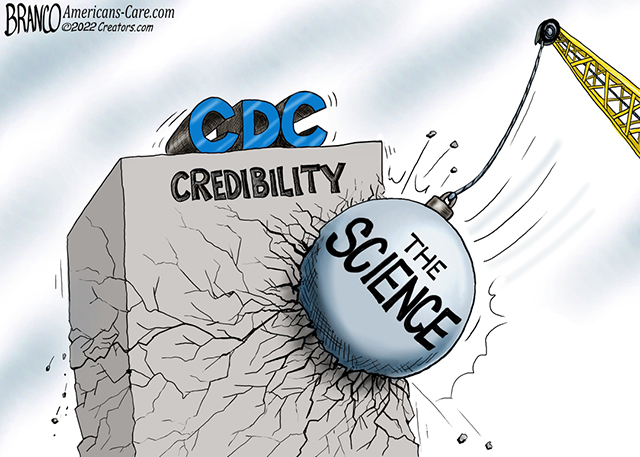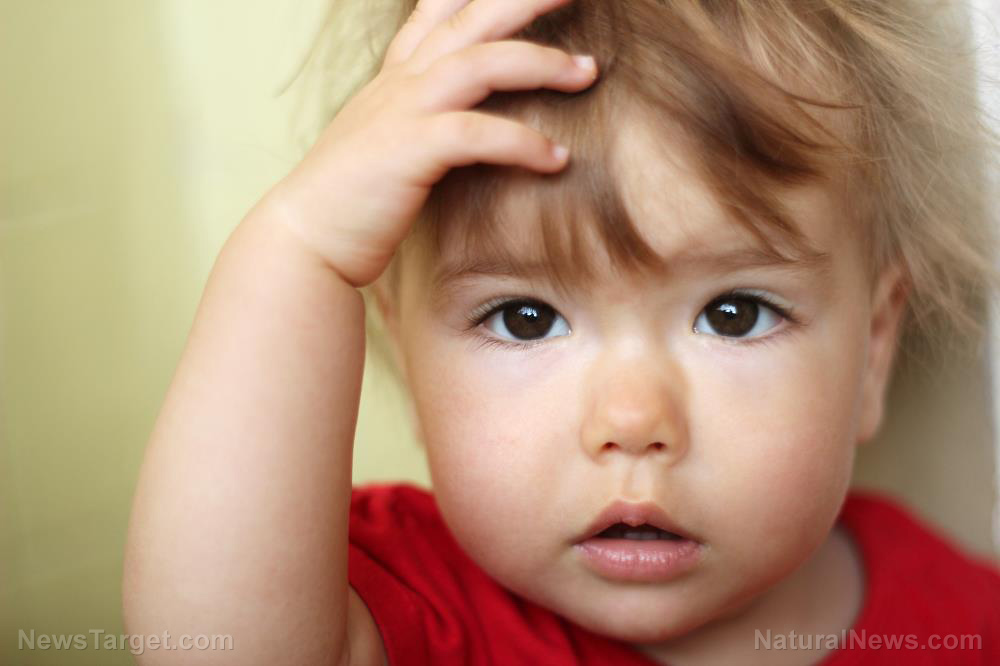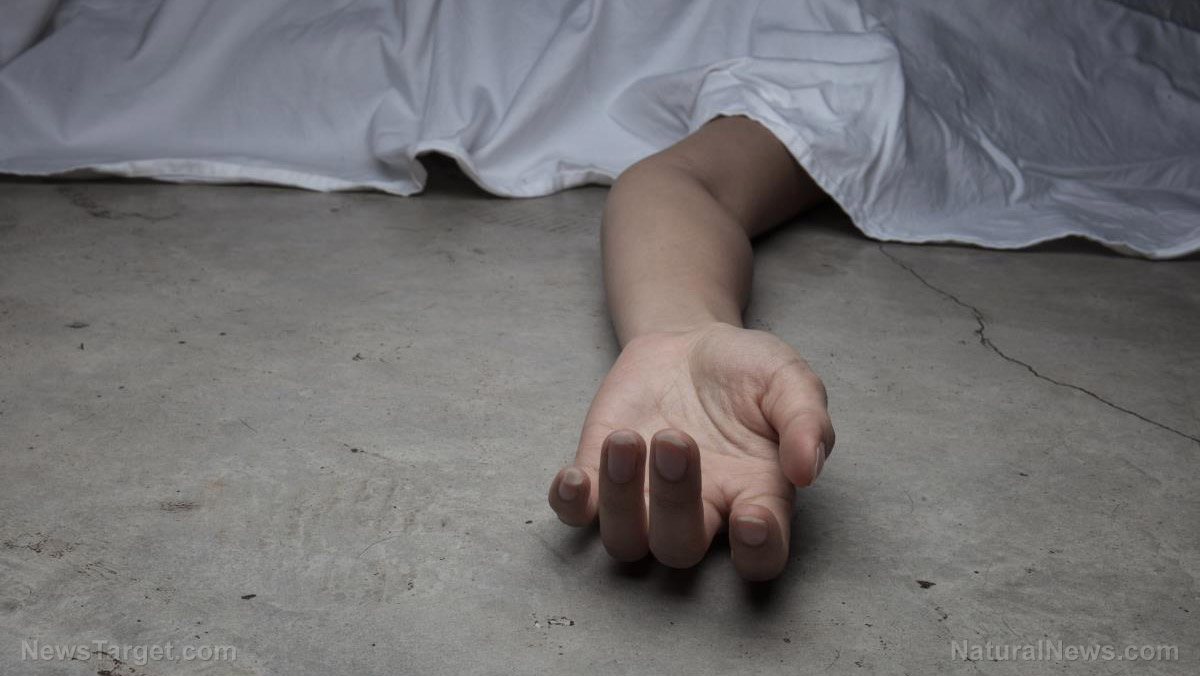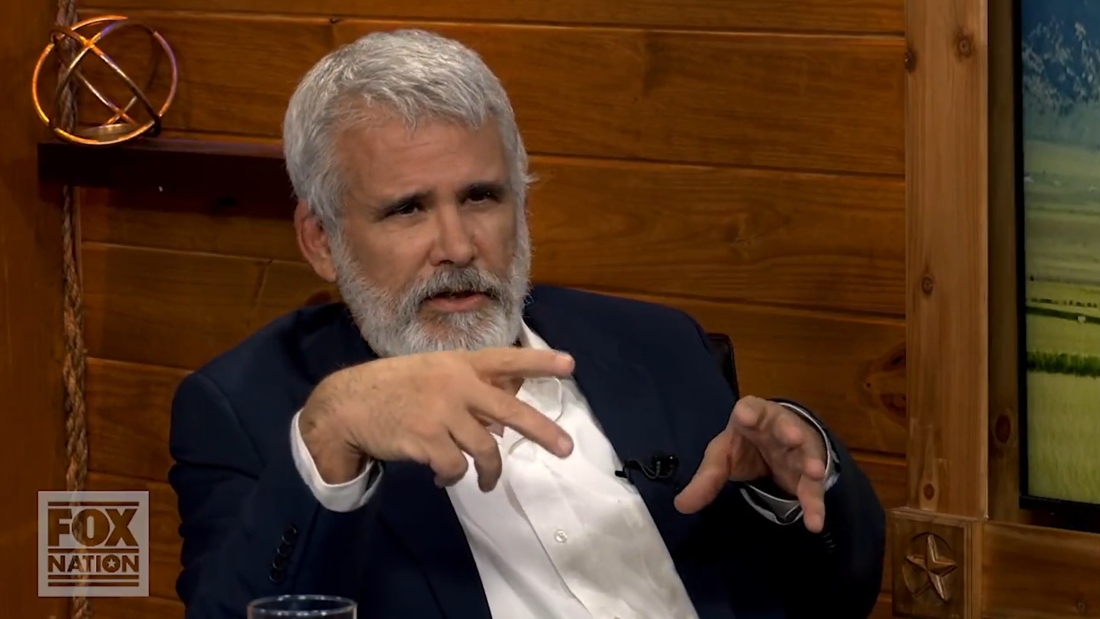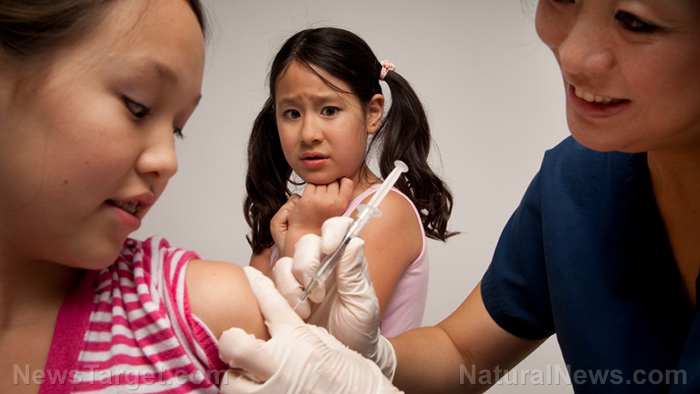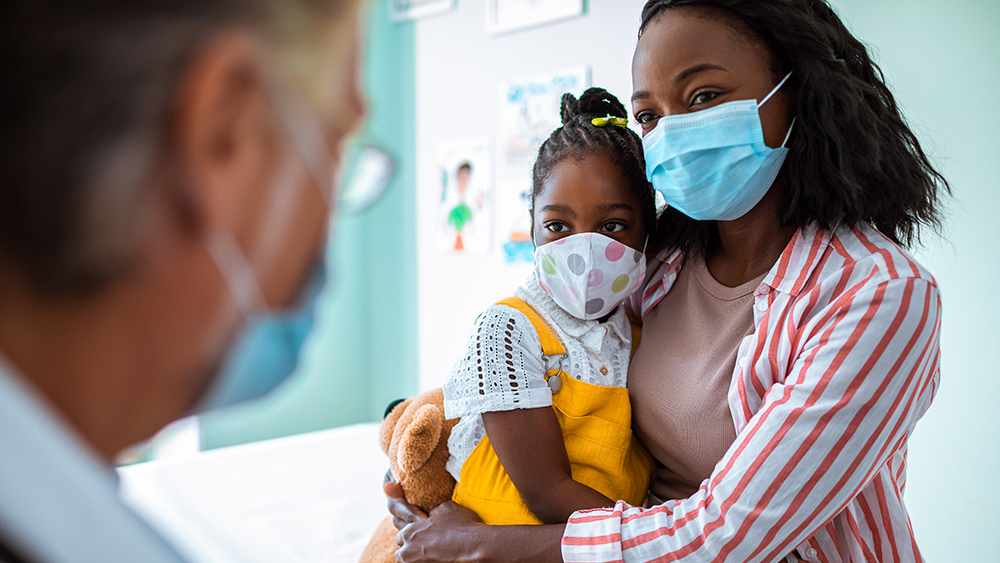Debunking your reasons to use plastic
06/26/2019 / By Vicki Batts

There is no shortage of reasons to use less plastic. It is bad for the environment, toxic to human health and it is a top contributor to pollution around the world. There are literal islands of plastic garbage floating around our oceans, and yet we continue to create more plastic (and plastic waste) every year. While society may foster a dependence on plastic goods, the truth is that there are many alternatives to plastic. Even making small changes to decrease how much plastic you use can help reduce the amount of plastic that accumulates in our environment.
The problem of plastic waste is expansive: After entering the environment, plastic can then begin to leach toxic chemicals into its surroundings, such as BPA and phthalates. Plastic can remain in the environment for an extremely long time — and during that time, it’s releasing harmful toxins. But we do have a choice.
Debunking the necessity of plastic
Fortunately there are plenty of ways you can reduce how much plastic you’re using. Much of the plastic we think we need to use can easily be replaced by a sustainable alternative. Writing for Mind Body Green, Emma Loewe reports that there are many times when plastic really isn’t your best option — even though you might think it is.
Plastic water bottles
There’s nothing more convenient than buying pre-packaged water; you don’t even have to fill a cup yourself. You can just grab the bottle and go, right? Not so fast. You can replace that 24-pack of waters with one single stainless steel water bottle. Even if you are trying to avoid toxic tap water, there are affordable, alternatives to bottled water that are more environmentally friendly.
For one, you can learn how to collect and filter your own rainwater.
Plastic food packaging
Plastic food packaging makes life easy, that’s true. But easier isn’t always better. Whether you’re talking about snack cakes or frozen dinners, everything comes with a side of plastic. Firstly, many plastics can leach toxic chemicals into your food. Research shows that fatty or oily foods are the most susceptible to absorbing toxins from plastic packaging, but all food can fall prey to plastic contamination under the right conditions. Heating food in plastic, for example, is a great way to ensure your dinner is filled with pthalates and BPA –known endocrine disrupters.
Plastic food packaging makes life easy because we can just buy premade junk, instead of making fresh, real food ourselves. Even if you’re craving a cookie, it would be better to make some yourself from real ingredients rather than relying on processed, prepackaged foodstuffs that are laced with preservatives and all kinds of food additives. Plastic food packaging is really a double whammy, because you’re getting a load of toxins from the plastic wrapper and from the “food” within.
Other single-use plastics
As Mind Body Green reports, there has been a huge cultural shift since World War II. In the “olden days,” most goods were made to be reused. For example, the razor. Years back, people had one razor that they used all the time. If the blade got dull, you sharpened it and kept going.
Today, shaving razors are throw-aways. Some are single-use, while others are made to be used maybe a handful of times before replacement. Either way, they’re entirely disposable. Much of this phenomenon has to do with marketing. Along with convenience, the plastic industry promised their products would be more “sanitary” than the kind of stuff you’d reuse. Of course, this is all a ruse, designed to get people to spend more money.
You can learn more about sustainable living and more at Environ.news.
Sources for this article include:
Submit a correction >>
Tagged Under:
deception, environment, green living, Plastic, plastic alternatives, plastic waste, sustainability, sustainable living
This article may contain statements that reflect the opinion of the author



